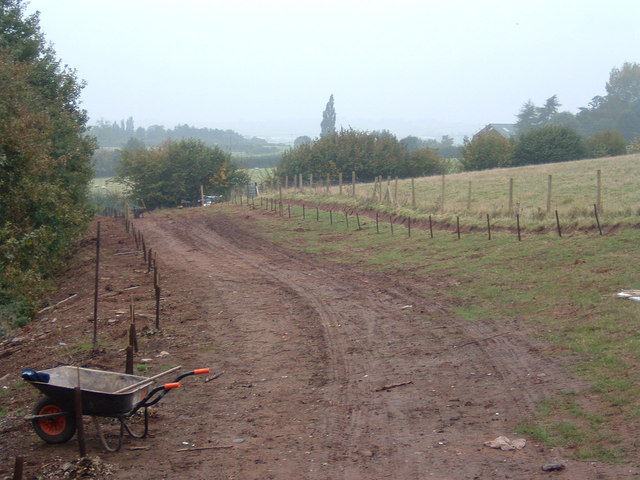


Since then, several limitations of these methods have been discovered and additional criteria have been developed.

A review by Rubino & McCarthy explored dendroecological methods used for the detection of historical disturbance events.
Coppice association of ireland series#
Release events are inferred from tree-ring series if growth exceeds a given threshold. All of these methods are based on the fact that trees which experience improved light conditions after the falling of neighbouring trees react with an abrupt increase in radial growth. Over the past few decades, dendroecology has become common in studying disturbances in semi-natural forests and a wide range of methods has been developed for identifying such disturbances using tree-ring data. Tree-rings offer an excellent opportunity to investigate forest history dendroecological methods provide high spatial and temporal resolution. Knowledge about the long-term development of forests is essential both for a theoretical understanding of present composition and structure, and for practical issues of management and conservation of forest ecosystems. The funders had no role in study design, data collection and analysis, decision to publish, or preparation of the manuscript.Ĭompeting interests: The authors have declared that no competing interests exist. RVO 67985939, research grants AV0 IAA600050812 of the Grant Agency of the Academy of Sciences of the Czech Republic, P5 of the Grant Agency of the Czech Republic, CZ.1.07/2.3.00/20.0267 with the financial contribution of EC and the state budget of the Czech Republic, and GAJU 138/2010/P. This is an open-access article distributed under the terms of the Creative Commons Attribution License, which permits unrestricted use, distribution, and reproduction in any medium, provided the original author and source are credited.įunding: This study was funded by long-term research development project no. Received: JAccepted: JanuPublished: February 6, 2013Ĭopyright: © 2013 Altman et al. PLoS ONE 8(2):ĭOE Pacific Northwest National Laboratory, United States of America (2013) Tree-Rings Mirror Management Legacy: Dramatic Response of Standard Oaks to Past Coppicing in Central Europe. Our results showed that improved light conditions following historical coppicing events caused significant increase in pulses of radial growth and most probably maintained oak recruitment.Ĭitation: Altman J, Hédl R, Szabó P, Mazůrek P, Riedl V, Müllerová J, et al. The diameter increment of oak standards from 1953 to 2003 was negatively correlated with competition indices, suggesting that neighbouring trees (mainly resprouting coppiced Tilia platyphyllos) partly suppressed the growth of oak standards.

The last significant recruitment of oak standards was after the 1930s following the last regular coppicing event. After coppicing, the number of newly recruited oak standards markedly grew in comparison with the preceding or following periods. Large peaks in radial growth found for the periods 1895–18–1939 matched with historical records of coppice harvests. Specifically, we tried to detect historical coppicing events from tree-rings of oak standards, to link coppicing events with the recruitment of mature oaks, and to determine the effects of neighbouring trees on the stem increment of oak standards. mature trees growing through several coppice cycles) in a former coppice-with-standards in Central Europe. Our aim was to disentangle factors shaping the historical growth dynamics of oak standards (i.e.


 0 kommentar(er)
0 kommentar(er)
